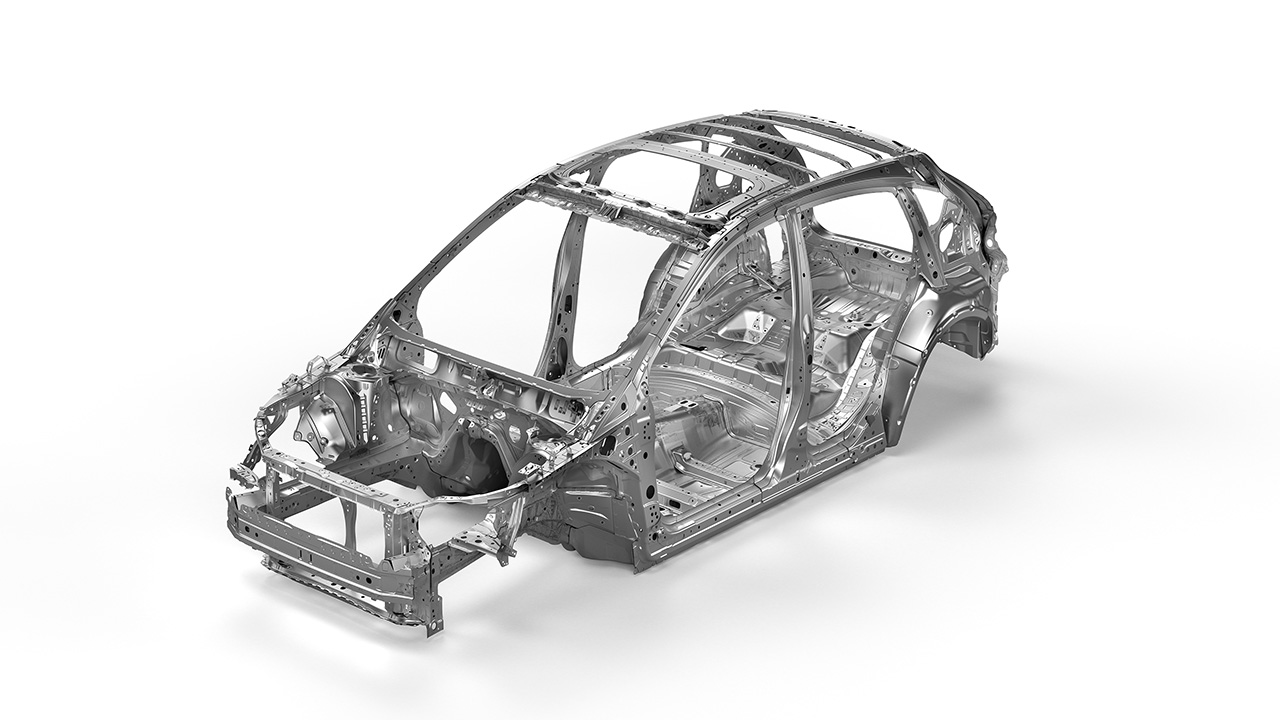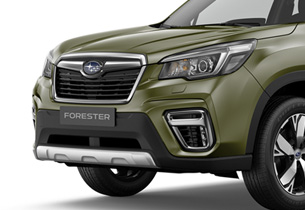Passive Safety
Protection against Collisions.
Ring-Shaped Reinforcement Frames body

Frontal/Rear-End Collisions







Side/Offset Collision, Roll-over





Pedestrian Protection and Compatibility




Awards

